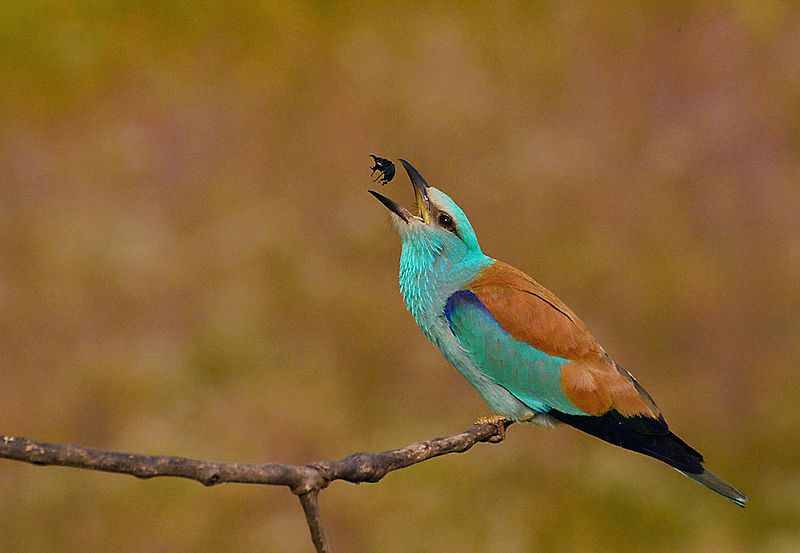
It was an unexpected bird tour, without too much planning and aimed at a few target species, of which we saw most, but the main one eluded us…
Early morning, leaving the last houses behind… and a Little Owl awaits us on a traffic sign.
We are heading towards the Great Bustard Pastures Nature Reserve in the very north of Serbia, along the border with Romania (near the town of Kikinda, the world Long-eared Owl capital). Almost completely without human infrastructure, this reserve has the largest complexes of steppe habitats in the country, making it a uniquely preserved typical Pannonian landscape.
In the Jaros section of the reserve, warden Miodrag Zavisic awaits us with a Lada 4×4, always “ready for action”. In front of us, the swaying green sea of rolling grassland with reed-overgrown depressions, an occasional herd of sheep and shepherds’ cottages, a tall-grass hillock (often an ancient burial mound), miniature Black Locust groves with their rookeries, a sunny sky… and the two of us with our eyes open wide.
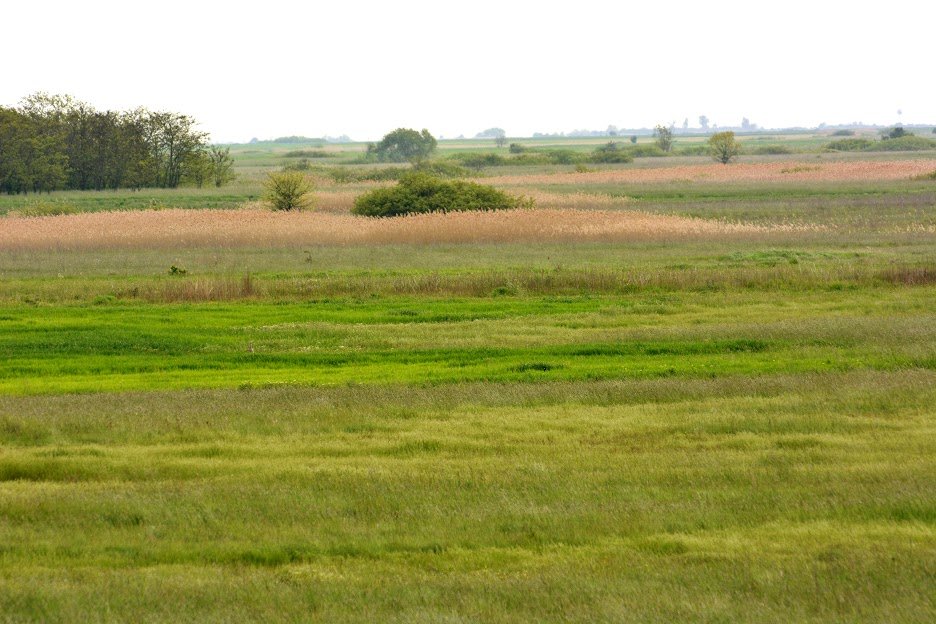
Great Bustard Pastures Nature Reserve by David Grabovac
This is my first visit to the reserve in spring, previously, I was here in winter only, to count Great Bustards (part I, part II). Our visit started with numerous Western Yellow Wagtails and Northern Lapwings, one Northern Wheatear and a European Roller (cover photo). Soon, we were to discover that Lesser Grey Shrike here outnumbers the otherwise commoner Red-backed Shrike. As Miodrag followed some “roads” that he knows of, however invisible in grass they may be, Common Quails were singing and one Grey Partridge took flight. Brown Hares were everywhere. One Roe Deer buck ran across our path.
A Western Marsh Harrier quartered the reedbed, soon a Common Buzzard appeared, then another… no, wait, the second one had visibly longer wings and… rufous tail! It turned out to be a Long-legged Buzzard! To allow for a better comparison, all three soared in the same thermal.
Eurasian Skylarks took flight in front of our wheels, and one Suslik (Ground Squirrel) quickly ran across our path, while a dozen European Bee-eaters adorned bare branches. Then Q. noticed a Eurasian Stone-curlew, which I dipped and, as we were leaving, one male Red-footed Falcon waved us goodbye.
Did I mention Great Bustards? The grass is taller now and some of them may even be incubating, secretive on their nests. Sadly, there have been no males displaying for the last five years, so the remaining 8 females – the entire Serbian population – may only incubate unfertilised eggs.
Despite the rainy forecast, the weather was pleasantly tropical: sun, a short shower and more sun. On our way south, we will see another Little Owl squatting on a road sign, and a flock of 7 Red-footed Falcons circling above the road.
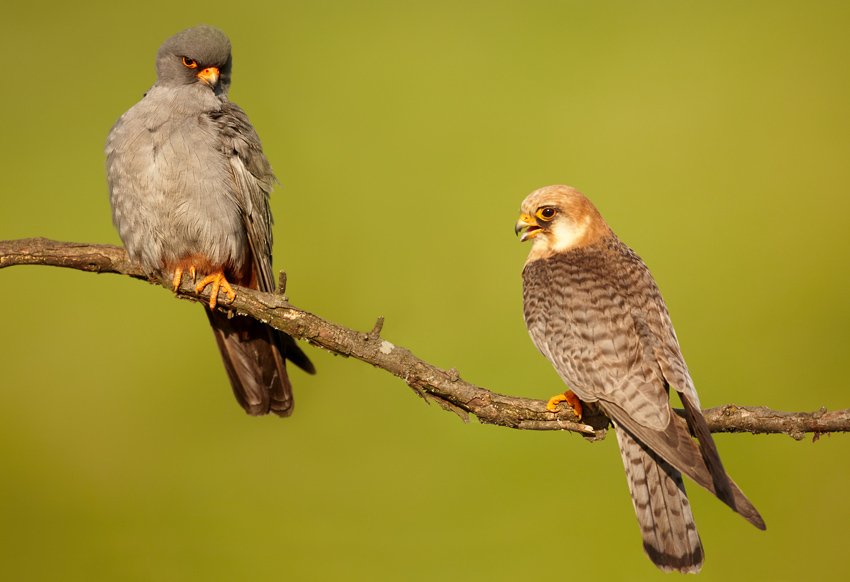
Red-footed Falcon by Martin Mecnarowski/Wikimedia Commons
Passing by the Ecka fish farm, the largest inland fish farm of Europe, we visited the Belo Jezero Lake to pick Ferruginous Duck, Black and Whiskered Terns, Pygmy Cormorant, Squacco Heron, Eurasian Spoonbill, Great Reed and Savi’s Warblers. My idea was to have lunch in the garden of a local restaurant, but seeing several dozen cars parked in front of it, I didn’t feel like mingling with so many people. After all, I am only half-inoculated, while Q. isn’t inoculated at all. Most of the time I was driving with both windows open and, yet, both of us wore masks inside the car – likely unnecessary, but better safe, if uncomfortable, than sorry.
Another Roller en route (they responded well to recently posted bird boxes), and we found ourselves in the Tamis river floodplain, where a White-tailed Eagle with a large rodent prey (either a Muskrat or a young Coypu, a.k.a. Nutria) flew by us (this time, it was Q. who dipped it). Several Barred Warblers were singing here.
Also along the Tamis River, our next hotspot was a fish farm in the Sakule Village. It was buzzing with life, and that bird cacophony made me calm, relaxed… After recent rains, the levee was a muddy viewing point: Black-necked Grebes were swimming through young reeds, White Storks were soaring, Whiskered Terns everywhere, a few Purple Herons and Great Egrets, Eurasian Hoopoe, Black Redstart…
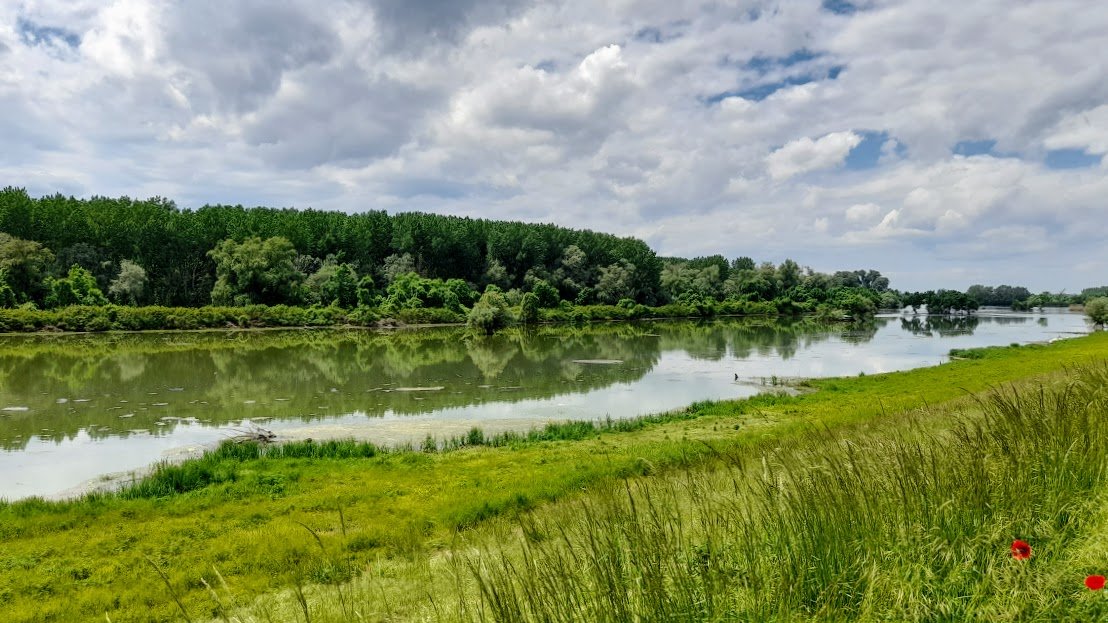
Beljarica backwaters
But Q. still hadn’t seen his White-tailed Eagle, hence we headed for the Beljarica backwaters, along the Danube upriver from Belgrade. In this area, preserved riparian forests still exist in large patches, albeit industrial hybrid poplars dominate the forestscape. Every so often we stopped: two Eastern Olivaceous Warblers were singing just across the levee, Red-backed Shrike awaited us, bright-yellow Golden Oriole flew by, Black-crowned Night Heron, Pied Avocet, more Black and Whiskered Terns, even two Black Storks, but no eagles?
“That tall poplar, they often stand there… there’s an eagle!” “In that poplar?” “No, at that dead tree next to the tallest willow.” “Yes, I see it.” By then, the White-tailed Eagle let a series of high-pitched klee-klee-klee-klee, spread its wings and took flight.
A fitting end to a sudden bird tour.
Cover photo: European Roller photographed in the Great Bustard Pastures Reserve by David Grabovac







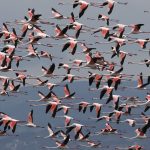



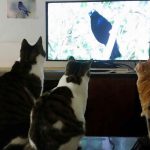
Your stories always make me want to visit Serbia, Dragan. One day…
That can be arranged 🙂